Colorado
Andrew Houser
Manager, Colorado Potato Certification Service
The 2018 growing season was a unique year as far as weather goes in the San Luis Valley in south-central Colorado, where most of the state’s potatoes are grown. In typical years, winter temperatures can drop to 20 or 30 below zero. This past winter, temperatures rarely dropped below zero. This was in large part due to lack of snowpack in the surrounding mountain ranges. The warm temperatures continued through May and June, resulting in a fast-growing potato crop. Overall yields from the 2018 potato crop have been above average, due in part to the warm weather last summer.
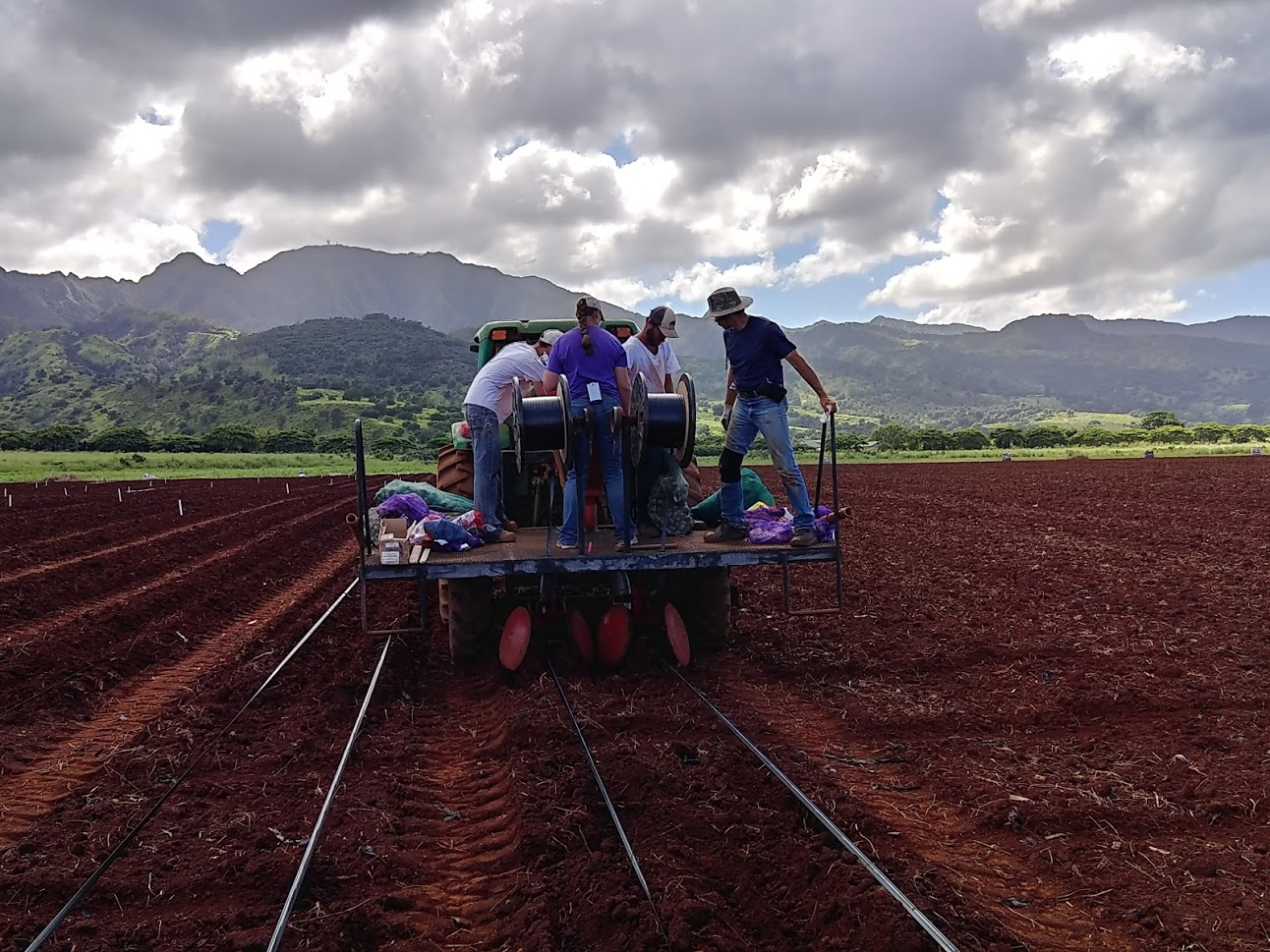 Certified seed growers have submitted seed lot samples for the post-harvest test, which were planted on the North Shore of Oahu, Hawaii, in early November. An official 2018 certified seed directory is posted online at http://potatoes.colostate.edu/potato-certification-service, and an interactive version is available at www.coloradocertifiedpotatogrowers.com.
Certified seed growers have submitted seed lot samples for the post-harvest test, which were planted on the North Shore of Oahu, Hawaii, in early November. An official 2018 certified seed directory is posted online at http://potatoes.colostate.edu/potato-certification-service, and an interactive version is available at www.coloradocertifiedpotatogrowers.com.
In 2018, Colorado certified seed potato acreage was up overall from 10,093 acres in 2017 to 10,282 acres in 2018 (1,469 of these acres qualify for grower plant-back only). The total accepted certified acreage after summer field inspections was 9,306 acres. Rejections were primarily the result of PVY/mosaic, with a few rejections caused by blackleg and variety mix. Total potato acreage (both certified and commercial) in the San Luis Valley was 51,785 acres, up from 51,648 acres in 2017. The 2018 top five certified potato varieties in Colorado were Russet Norkotah selections, Canela Russet, Centennial Russet, Teton Russet and Lamoka.
The Colorado Seed Act requires all seed lots imported into Colorado to undergo a post-harvest test or winter grow-out. Also, a PVYN tolerance of 1.0 percent is in place for all seed coming into Colorado. A late blight quarantine is also in effect for all seed coming into the San Luis Valley. For growers planning on shipping any seed into the valley, this test needs to be conducted by a qualified lab prior to shipment. Check the Colorado seed website for testing specifics: http://potatoes.colostate.edu/wp-content/uploads/2014/02/Late-Blight-Quar-2014.pdf.
Idaho
Alan Westra
Southeast Area Manager, Idaho Crop Improvement Association
Many Idaho seed growers had a difficult planting season in 2018, with significant delays due to rain. As a result, yield reports are mixed. Some growers are reporting average to good yields, while others are reporting lower than average yields. Quality going into storage is reported as good to excellent.
Overall, the 2018 crop had a higher set than normal and appears to have a very nice size profile. Seed health appears to be steady from 2017. The number of seed lots with visually detectable levels of PVY decreased slightly compared to last year. There were no bacterial ring rot detections during field inspections.
Seed availability is predicted to be impacted by not only by an overall lower to average yield, but also by a significant reduction in certified seed acreage. At the conclusion of the second round of field inspections, a total of 29,295 acres are eligible for final certification this year. This is down approximately 10 percent from 2017. Excluding proprietary genetics, the 2018 acreage accepted for certification represents a total of 149 varieties, selections and advanced clones.
For 2018, the top varieties were Russet Burbank (41 percent of total acreage accepted), Russet Norkotah (all strains, 18 percent of total), Ranger Russet (12 percent), Clearwater Russet (4 percent), Alturas (3 percent) and Umatilla Russet (3 percent). Seed acreage of Russet Burbank, Russet Norkotah, and Alturas is off approximately 7 percent compared to 2017. Clearwater Russet acreage increased slightly (up 3 percent), while there was a 15 percent reduction in Umatilla Russet acreage compared to 2017. A complete listing of this year’s seed potato crop is available in the 2018 Idaho Certified Seed Potato Directory, posted on the Idaho Crop Improvement Association website at www.idahocrop.com.
Idaho growers have proposed a change to the nomenclature used to describe seed potato generations. In place of the current system, it is proposed that Idaho seed generations will be designated by field year. This nomenclature is similar to that currently used by a number of other certification programs and is intended to promote standardization and transparency within the seed potato industry. It is expected that this change will be in effect after the 2018 Idaho legislative session.
Maine
Eric Hitchcock
Seed Certification Program Manager, Maine Department of Agriculture, Conservation and Forestry
Maine’s 2018 growing season was very similar to what growers experienced in 2017. A cool spring was followed by prolonged dry spells for the rest of the growing season in Aroostook County, in the northern tip of the state. Southern and central Maine experienced dry periods also. Luckily, certain growing areas received rain events later in the season to help sustain the crop.
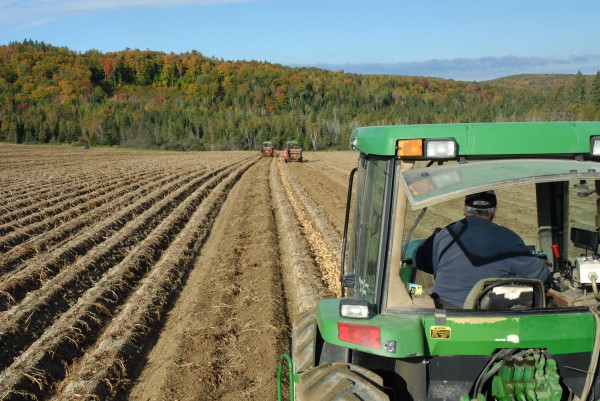
Overall, the 2018 crop appears to be very healthy despite dryness in some areas. As of Sept. 14, 2018, the certification program had 9,333 acres field certified from 109 farms.
The top five varieties entered for certification in Maine in 2018 are:
- Atlantic 843 acres
- Lamoka 685 acres
- Snowden 627 acres
- Russet Burbank (MT strain) 594 acres
- Russet Burbank (ID strain) 508 acres
Inspectors are now performing PCN sampling and are in preparation for laboratory PVY post-harvest testing. This year marks three years of transition in post-harvest laboratory testing for the Maine Department of Agriculture, Conservation and Forestry. For 2018, the Florida grow-out has been fully phased out; all samples will be ELISA post-harvest tested at the certification laboratory in Presque Isle, Maine.
Ron Dyer is the director of the Bureau of Agriculture, Food and Rural Resources for the State of Maine Department of Agriculture, Conservation and Forestry. Walter Whitcomb is the Commissioner of the State of Maine Department of Agriculture Conservation and Forestry.
Michigan
Jeff Axford
Director, Michigan Seed Potato Association
Michigan’s 2018 seed potato crop began the season with a small drop in acreage entered for certification. This small decrease follows several years of increase and is due to, for the most part, the way rotations worked out.
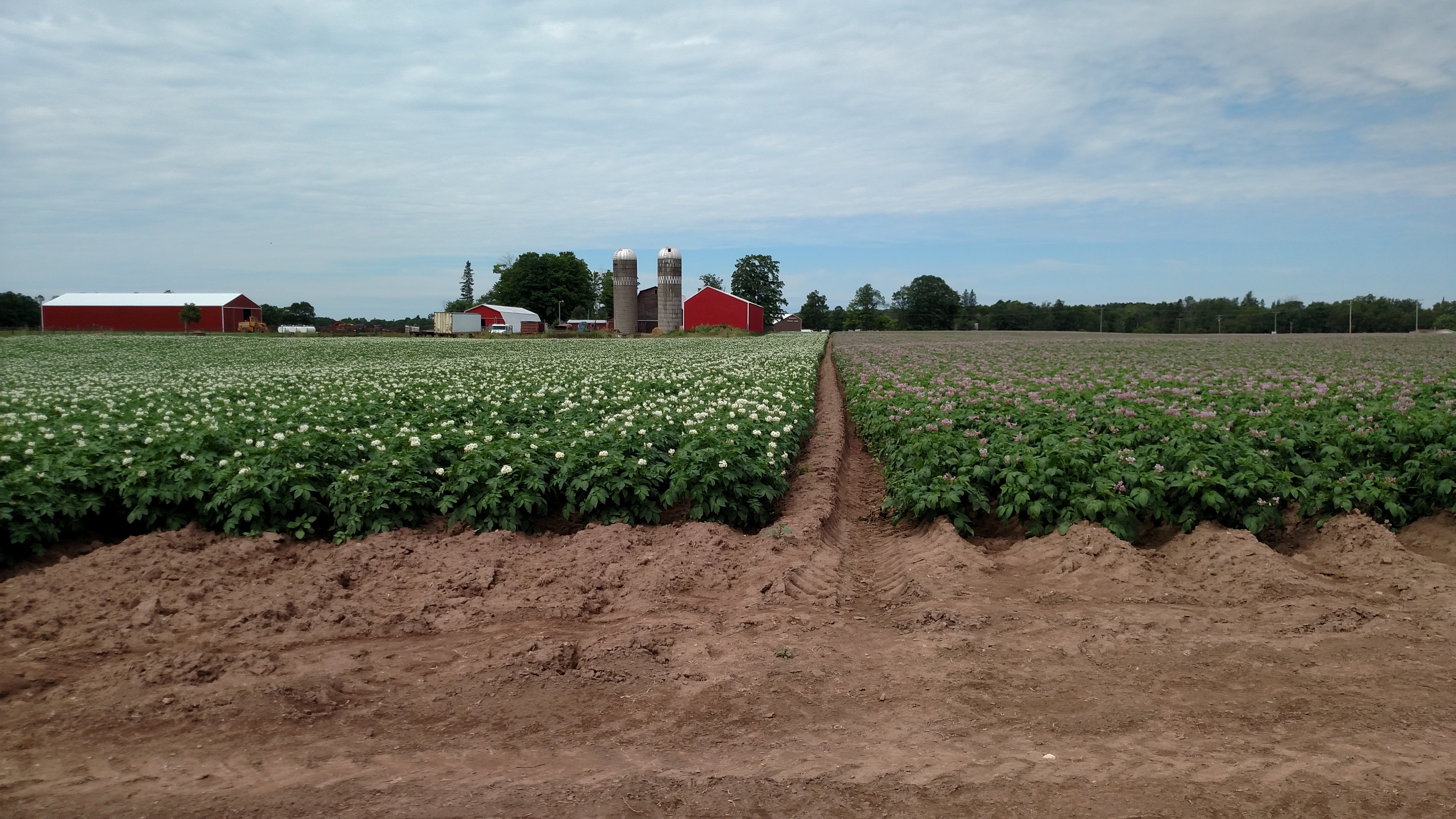 The planting season was uneventful and timely. Plant growth seemed to be accelerated, with field inspections beginning a week ahead of normal. Seed inspectors were pleased with the results of inspections, as there were no rejections or class reductions necessary for virus. It was also very encouraging to note no late blight symptoms and very few blackleg symptoms were seen during the inspection process. Michigan seed-growing areas had timely rains early in the growing season but experienced dry weather during mid-summer. The lack of rain coupled with higher-than-normal temperatures created a challenge for growers in keeping up with irrigation.
The planting season was uneventful and timely. Plant growth seemed to be accelerated, with field inspections beginning a week ahead of normal. Seed inspectors were pleased with the results of inspections, as there were no rejections or class reductions necessary for virus. It was also very encouraging to note no late blight symptoms and very few blackleg symptoms were seen during the inspection process. Michigan seed-growing areas had timely rains early in the growing season but experienced dry weather during mid-summer. The lack of rain coupled with higher-than-normal temperatures created a challenge for growers in keeping up with irrigation.
The higher temperatures during the day—as well as at night—had growers concerned about yields. But as they got into harvest, they were pleasantly surprised by above-average yields.
There were some delays in harvest early on because of high temperatures. But for the most part, September was a good harvest month. The weather in October took a turn for the worse. Heavy rain caused delay after delay through most of the month. The second half of the month brought low morning temperatures, further delaying things.
At the time of the writing of this report near the end of October, there were still a few potatoes in the ground that should be in storage by the end of the week as weather conditions improve.
In Michigan, harvest inspections are part of the certification process. While this inspection is a challenge due to the logistics of actually looking at each lot as it is harvested, it provides a good idea of what the quality of the crop is as it goes into storage. Although there will be some field frost issues in a small percentage of Michigan’s seed crop, I am very pleased with the overall quality of this year’s crop.
Montana
Nina Zidack
Director, Montana State Seed Potato Certification Program
Montana seed potato acreage was up slightly to 10,355 acres in 2018, which represents a minor increase when compared to 10,220 acres in 2017. Russet Burbank is still the dominant variety and is holding steady at 3,921 acres. Clearwater Russet acreage continues to rise dramatically, with 1,016 acres this season compared to 698 last year, 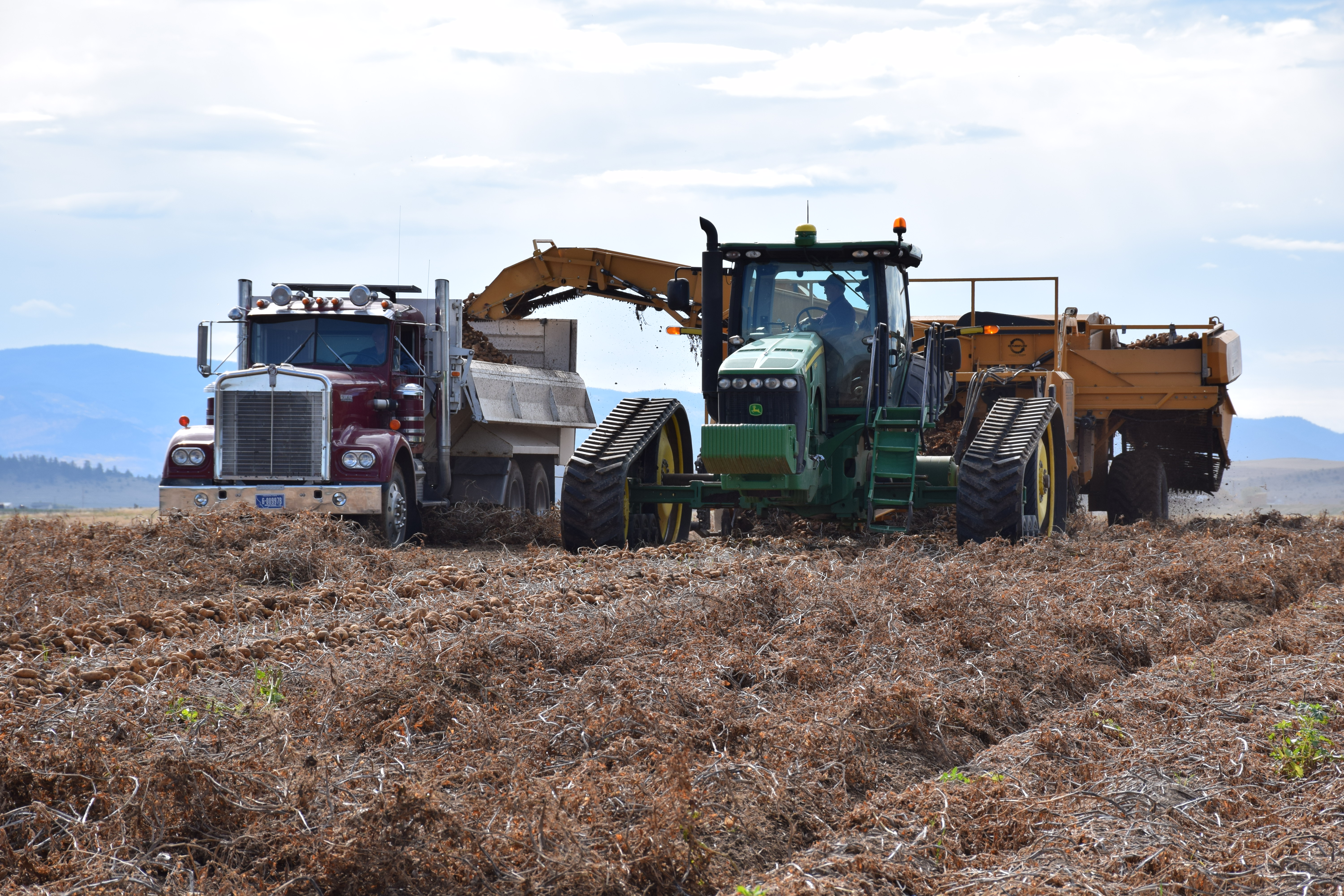 representing a 31 percent increase. Umatilla Russet is the second-most widely produced variety in Montana but was down 16 percent from 1,789 acres in 2017 to 1,509 acres in 2018. Ranger Russet acreage was steady at 1,172 acres, and the Norkotah Russet selections were up 13 percent to 997 acres. Alturas continues to decline, from 637 acres in 2017 to 588 acres in 2018. Standard Norkotah acreage dropped precipitously and now only accounts for 54 acres in Montana. There were a total of 57 varieties of potatoes registered for certification.
representing a 31 percent increase. Umatilla Russet is the second-most widely produced variety in Montana but was down 16 percent from 1,789 acres in 2017 to 1,509 acres in 2018. Ranger Russet acreage was steady at 1,172 acres, and the Norkotah Russet selections were up 13 percent to 997 acres. Alturas continues to decline, from 637 acres in 2017 to 588 acres in 2018. Standard Norkotah acreage dropped precipitously and now only accounts for 54 acres in Montana. There were a total of 57 varieties of potatoes registered for certification.
The 2018 growing season was one of early extremes followed by warm, mild conditions. Some Montana growers were planting in early May, while some got a late start due to wet conditions in mid-May, finishing planting in early June. In the Gallatin and Beaverhead, the early-planted potatoes received a hard frost on June 12, and the later-planted potatoes ended up staging very similar to the earlier-planted potatoes. The rest of the summer, Montana had ideal growing conditions throughout the state, with plenty of warm days but no extreme heat or storms. This set the Montana crop up with strong yields of extremely uniform tubers and an optimal size profile.
In Montana, production of seed with very low virus levels is enhanced by growers’ practice of planting all Generation 1 potatoes as family units. Each unit is planted with the daughter tubers from a single nuclear generation plant. During the summer, each unit is 100 percent tested for PVY. If a test comes back positive, the whole unit is removed. In addition to PVY, Montana tests for PVX and PVA in the winter grow-out, which was planted in November on the island of Oahu, Hawaii.
North Dakota
Kent Sather
Director, Potato Programs
North Dakota State Seed Department
Snow and cold somewhat delayed the 2018 spring planting of North Dakota seed potatoes. After a late start, 28 certified seed growers submitted a total of 14,008 acres of seed eligible for recertification, 68 acres more than in 2017. On dryland fields, early growing season rains were timely, but moisture was lacking during later crucial tuber production stages. Pre-harvest showers benefited digging and quality, but yields were below average. Irrigated acres produced average yields and good quality.
The top five varieties produced for seed in North Dakota in 2018 were:
- Norland strains: 3,117 acres
- Umatilla Russet: 1,851 acres
- Dakota Pearl: 1,078 acres
- Ranger Russet: 888 acres
- Bannock Russet: 795 acres
Seed lot leaf samples were tested for PVY and PVX. Results matched field inspection notes. Mosaic levels observed were zero or very low. No acreage was rejected. Inspectors continued to look for Dickeya dianthicola symptoms. Suspect plants were lab-tested; no positives have been confirmed. Additional tuber screening for Dickeya will be done at individual growers’ requests.
Phytophthora infestans was a minimal threat in North Dakota this year. Even so, growers were encouraged to use proactive fungicide applications. No late blight was found during inspections in certified seed lots. Growers were also attentive to aphid counts and were encouraged to use protective oils, insecticides and vine kill as early as possible.
Early-generation seed lots planted in isolation inspected free from viruses. These seed lots provide the basis for future North Dakota seed production. North Dakota State Seed Department seed stock staff harvested a good mini-tuber crop in June and October, providing a clean seed source for crops in future years.
The 2018 North Dakota seed directories can be obtained by calling the North Dakota State Seed Department at (701) 231-5000 or accessing it online at www.nd.gov/seed.
Oregon
Jeff McMorran
Oregon Seed Certification Service
Overall, 2018 was a good year for certified potato growers in Oregon. Summer field readings for disease were low, with none of the 2,842 acres entered for certification this year being downgraded or rejected due to disease or off-type. Blackleg and white mold levels were considerably lower than in previous years, and little mosaic was observed in the field, though the winter grow-out and subsequent virus testing of the WGO lots is still pending at the time of this writing.
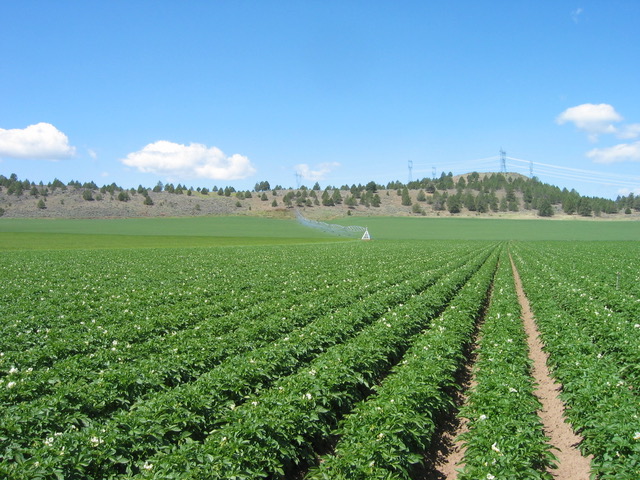 Heavy smoke blanketed much of our growing areas again this year. Growers reported that the smoke tended to slow down bulking rates but did not seem to affect the number of tubers produced. This resulted in a nice sizing profile for seed, though yields may have been reduced somewhat. Tuber quality seems to be above average, with few internal issues.
Heavy smoke blanketed much of our growing areas again this year. Growers reported that the smoke tended to slow down bulking rates but did not seem to affect the number of tubers produced. This resulted in a nice sizing profile for seed, though yields may have been reduced somewhat. Tuber quality seems to be above average, with few internal issues.
Though specialty red- and yellow-fleshed varieties continue to gain a foothold in Oregon seed production areas, russeted white-fleshed varieties for the processing or fresh markets still made up the bulk of Oregon production in 2018. Gala, a yellow-skinned yellow-fleshed variety, was the No. 1 variety certified in Oregon this year with 462 acres, followed by an assortment of Frito-Lay varieties at 327 acres. For those interested, a complete listing of the varieties and acres produced in Oregon can be found on our website at www.seedcert.oregonstate.edu/potatoes under “Seed Report and Directory of Growers” and “Oregon Certified Seed Potato Field Readings and Statistics.”
Our post-harvest winter grow-out has begun. This year, the Oregon Seed Certification Service will conduct all its grow-outs in trays in the greenhouse, rather than direct-planting into the GH soil. This should speed up the process and get results back to growers earlier. It will also help avoid areas of the GH where slow emergence has been a problem in previous years. There are discussions nationally to replace the winter grow-outs with lab testing of tubers. Though a lab-only system has the potential advantages of earlier results, increased sensitivity and less subjectivity than the visual reading, it also has the potential risks of missing carryover chemical symptoms, off-types and new viruses (or new virus strains) not detected in the lab tests. We will see what the future holds in this regard.
Washington
Washington State Department of Agriculture
A total of 3,681 acres of seed potatoes were entered for certification during the 2018 growing season. This is a 155-acre increase compared to 2017. The total acres planted include 182 different potato varieties ranging in size from partial-acre plots to 118-acre fields. Most seed lots in Washington are less than 20 acres in size and include numbered clones, table stock, processing and heirloom potato varieties. This year saw 1,126 individual seed lots entered for certification from 10 separate farms.
Pacific Northwest weather, and Washington's maritime climate in particular, with cool nights and warm temperatures during the day, along with supplemental rainfall, provided near-ideal growing conditions this season. Late blight and blackleg disease pressure was slight to non-existent. WSDA staff noted PVY disease in 31 out of 11,126 seed lots entered for certification, and noted insect vectors from few to none during field inspections.
Harvest began after Labor Day, with inopportune rains and other factors slowing harvest for a time. Harvest was complete by mid-October. Growers enjoyed average to above-average yields with generally good quality, size and condition of seed lots going into storage. Seed shipments to southern climates will begin in late fall and continue into the winter months, with the majority of seed to be shipped in early spring.